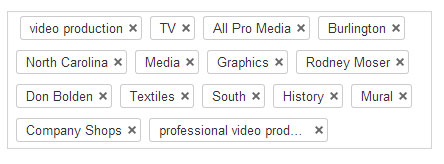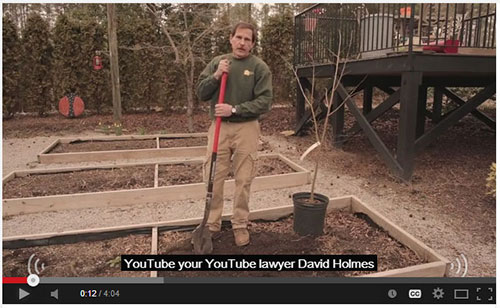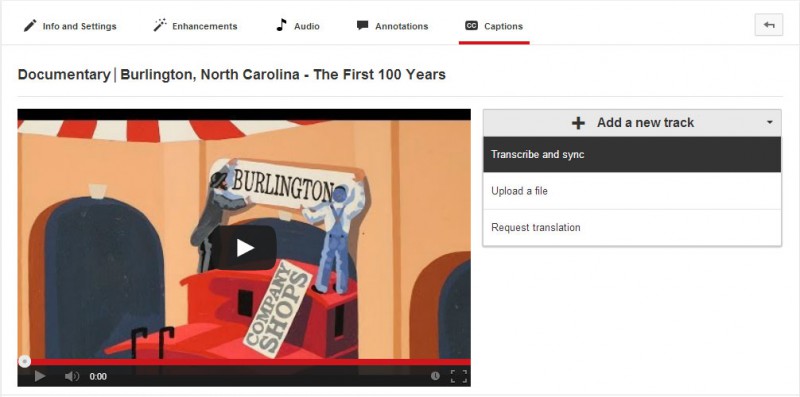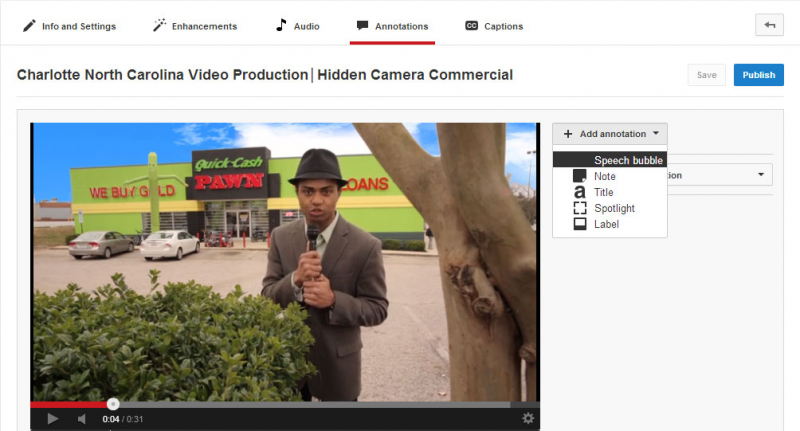In a nutshell; Video SEO helps users find your videos. You tell YouTube what your video is about, it tells search engines, and the search engines deliver it to users looking for that information. The better your video’s SEO, the more likely it will show up in first page results — which is a good place to be because 91% of people never go beyond the first page in YouTube video results.
But let’s back up a bit. To understand ‘Video SEO’, we first need to address what SEO is. SEO or Search Engine Optimization is the process of attaching words and phrases to your web pages and blog posts to help users find your website.
Video SEO is almost the same (keywords and phrases and all that), but video is at a disadvantage. Web pages and blog posts are all text-based. Search engines can easily scan and evaluate their meaning and purpose. With video, you can’t rely on the video itself to tell search engines what it’s about; it needs text.
Fortunately, text can be associated with your videos. Through Titles, Tags, Descriptions, Closed Captioning and Annotations, you can let YouTube know exactly what your video is about. Let’s take a look at what you can do to optimize the text associated with your videos.
Title
The title is an obvious, but extremely important detail to pay attention to. It’s the text that holds the most weight with search engines. When you name your video, you want your most important keywords to go first.
All Pro Media’s YouTube channel is optimized for prospective clients to find us. Our titles are typically: “Type of Production, Location, Title”. In the case of the Burlington Mural Documentary we produced last year, we put the word ‘documentary’ front and center.
Description
Your description tells the user and search engines a little more about your video. This is also an opportunity to add in links back to your website. In fact, YouTube recently made their descriptions an entire 2 lines longer in search results. That doesn’t mean the description is longer, but now users will see more of it at first glance. It may not seem like much, but that’s two complete lines to add additional links and information to get users back to your website.
Brian Dean of Backlink.com shares some basic guidelines for your video description:
- Put your link at the very top of the video
- Include your keyword in the first 25 words
- Make the description at least 350-words
- Include your keyword 3-4 times
Tags
Tags are the keywords used to find your video. Tools like the Google Keyword Planner are helpful in figuring out what kind of keywords you should be using. Bear in mind that the more popular a search term is, the more competition there will be for it. Don’t include popular keywords for popularity’s sake — Keep your tags relevant to your video.

Closed Captioning
Closed captioning provides text for the hearing impaired to understand your video. What you may not know is that it also helps search engines find your video.
YouTube has the option of automatic closed captioning. That means you just upload the video and Youtube guesses what the video says. That’s cool and all, but it’s often completely wrong.

^^ Not a YouTube Lawyer or endorser of YouTube Lawyer David Holmes ^^
The example above is a video about planting a tree — not YouTube lawyers. Sometimes the automatic captions are so inaccurate that the meaning of the entire video is completely wrong. Search engines will be less likely to recommend your video because it’s hard to tell what the video is about.
Rhett and Link did a pretty hilarious example of how ridiculous the captions can get.
http://youtu.be/23H8IdaS3tk
Fortunately, it’s easy to upload your own captions. Either you can upload an existing script or you can write the script as you watch the video using YouTube’s “Transcribe and Sync” function.

Transcribe and sync can be time-consuming, but it’s really easy to use. You type in the script as you watch the video. It automatically pauses every time you begin typing so that you have time to digest the information before something new comes up.
Annotations
Annotations allow you to add commentary to the video as viewers watch it. The absolute best way to use this feature is to make your videos interactive with clickable graphics.

Screenshot from ScreenJunkies YouTube Channel
This is more about keeping users on your channel than attracting them to your channel. You have to plan this out before uploading the video to YouTube.
One way to use annotations is to create a graphic like the one seen above, add it to the end of your video with previews of other videos plus graphics leading to your social media. Once it’s uploaded to YouTube add the URLs over the images using the Annotations option.

Video SEO — The Only Way to Get Discovered
Video SEO is the information you type into YouTube to let search engines know what your video is about. It’s your path to first page results and more users watching your videos. Not just any information will do! Make sure all of the text leading to your video is relevant.
Don’t stop there. Once you’ve uploaded your video and optimized it, keep track of its performance. Use YouTube analytics to see how well your video is doing.
Are you videos optimized for search yet? Get to it!






Great points, especially the one about including closed captions in videos. It also helps you reach a wider audience. If you don’t have the time to include captions, you can always outsource the task to a professional transcription service, which is very affordable nowadays. For example, DirectCaption.com charges only $1 per minute for reliable transcriptions.